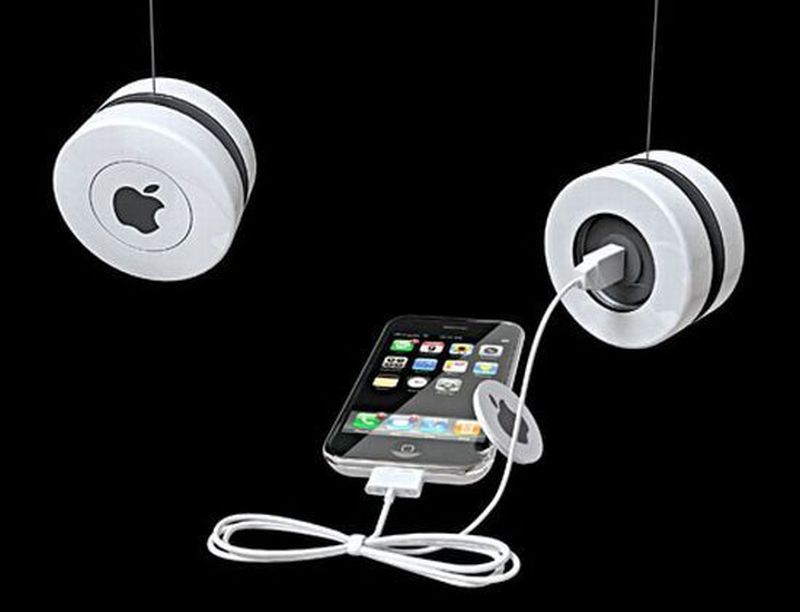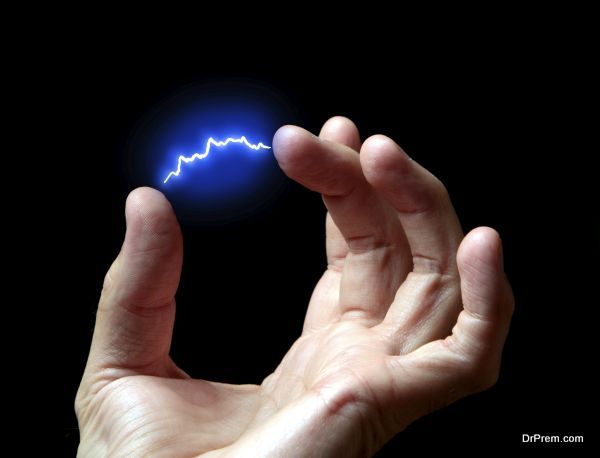With the increase in the demand of smartphones, there’s yet another thing that’s increasing. It is the demand for sustainable ways to recharge your cellphone. The most popular amongst all these is, of course, the solar charger. However, thanks to the fact that it promotes a healthy lifestyle, even kinetic phone charger is also coming to the picture. This charger promotes the users to move around thus motivating them to work out.
What is a kinetic phone charger?
As mobile phones get l more functions and higher speeds, people tend to use them for longer periods. These functions use up battery energy. Moreover, it is not uncommon to find that you need to plug in your phone for a recharge at least once a day. If the phone user forgets to recharge in the night, the mobile phone’s battery might run out. The same might happen if the user does not have access to a power outlet. Tech experts worldwide are making many attempts to find a solution to recharging a battery “on-the-go”.
First solutions
 The simplest means that tech experts first came up with were to carry a spare battery. One cut easily swap it with the empty battery. Other devices to cope with the same were wind-up charger (derived from the mechanism used for wind-up toys) and an external AA or AAA battery pack that could recharge the mobile phone. Researchers always love the idea of using body motions of the phone user to recharge mobile phones. An early use of this idea was in the 1980s, when Citizen, Japan, came up with a wristwatch that was only dependant upon the hand movements of the user. The concept became widely popular but the watch, however, was not a commercial success.
The simplest means that tech experts first came up with were to carry a spare battery. One cut easily swap it with the empty battery. Other devices to cope with the same were wind-up charger (derived from the mechanism used for wind-up toys) and an external AA or AAA battery pack that could recharge the mobile phone. Researchers always love the idea of using body motions of the phone user to recharge mobile phones. An early use of this idea was in the 1980s, when Citizen, Japan, came up with a wristwatch that was only dependant upon the hand movements of the user. The concept became widely popular but the watch, however, was not a commercial success.
What are kinetic chargers?
Kinetic chargers are devices that convert body movements into electric charge. They do it through the use of piezoelectric crystals. Either they use this charge directly to charge the mobile phone battery or they store it in another battery. After charging the battery, we have to connect it directly to the mobile phone. In the current state of development, kinetic chargers do not generate enough energy to fully recharge an empty mobile phone battery. Instead, we use kinetic chargers a for “top-up” of charge between phone usage times so that the battery life extends itself.
Consumer electronics products including mobile phones, tablet PCs and music players normally use some 600 tera-watthours of power annually. This is growing by 10 percent per year. Any means to draw a part of this power from the human motion source would be welcome.
Materials Used
Kinetic chargers utilize the piezoelectric crystal. These were initially made of materials such as quartz (SiO2) or Barium Titanate (Ba TiO3). However, nowadays people mostly utilize ceramic to make them. When we subject the piezoelectric crystal to mechanical forces (compression or tension or torsion) they generate a high voltage electric charge across their surface.
Two common applications illustrate the wide range of possibilities with piezo crystals. The first is the gas lighter to light up an LPG stove. In this, a spring hammer strikes the crystal, producing the charge. This charge causes an electric arc to strike across an air gap to light the gas. The second familiar application is the microphone. In this microphone, the air pressure variation due to the different frequencies in speech or singing, causes the voltage in the piezo crystal to vary. Therefore, it reproduces as a voice signal through amplifiers.
This charge by the piezo crystal is momentary. It appears only when we apply force. This charge is led off by an electronic circuit and stored in a capacitor. Each time we subject the piezoelectric crystal to a force, it generates a burst of energy. It is this energy that serves to recharge the mobile phone battery.
How does it work?
Piezoelectric transducer
 Various approaches are there for kinetic recharging of the phone battery. One is of course to build the piezoelectric transducer into the phone itself so that when the user carrying the phone walks or jogs, the movement of the phone in his pocket or purse generates the charge. Such a phone can also be mounted on a key-ring and twirled around a finger to produce a quick charge. With built-in transducers, it is also possible to strap the phone on to an arm or leg when walking or jogging that would recharge the battery.
Various approaches are there for kinetic recharging of the phone battery. One is of course to build the piezoelectric transducer into the phone itself so that when the user carrying the phone walks or jogs, the movement of the phone in his pocket or purse generates the charge. Such a phone can also be mounted on a key-ring and twirled around a finger to produce a quick charge. With built-in transducers, it is also possible to strap the phone on to an arm or leg when walking or jogging that would recharge the battery.
Viber Burst
Since the need for kinetic recharging is not for every phone, the building-in of piezo crystals and circuitry would add to the cost of all phones. Some others instead conceived of a kinetic charger device separate from the phone. One such example is the Viber Burst which is a small computer mouse like package that houses the piezo crystals and a battery that stores the energy generated from movement of the device. When the mobile phone battery runs down it gets a quick recharge from the Viber Burst. Once the concept of the kinetic charger being separate from the phone is adopted, many alternative packaging and charging methods become possible. Thus we see kinetic chargers designed for powering from a bicycle wheel, from a foot pump like the one used to inflate a bicycle tire and indeed from a wind-up mechanism of the type used in toys.
Other Designs
 In addition to a number of independent designers and small companies producing different designs of kinetic chargers, Nokia, one of the leaders of the mobile phone industry, filed for a patent in 2008 for a kinetic charger. The major impediment to wider use of kinetic chargers is the unfortunate lack of standardization in the batteries used in mobile phones and the voltages and plug connection points for recharging.
In addition to a number of independent designers and small companies producing different designs of kinetic chargers, Nokia, one of the leaders of the mobile phone industry, filed for a patent in 2008 for a kinetic charger. The major impediment to wider use of kinetic chargers is the unfortunate lack of standardization in the batteries used in mobile phones and the voltages and plug connection points for recharging.
An attempt has been made in 2010 by a team of mobile phone manufacturers to standardize on the micro-USB port for recharging and to adopt a common voltage specification. The adoption of such a standard could give a fillip to the deployment of kinetic chargers. The introduction of these for mobile phones would, logically, extend to the other portable consumer electronics products giving not only additional freedom to the user but also save some of the energy drawn from utilities.


